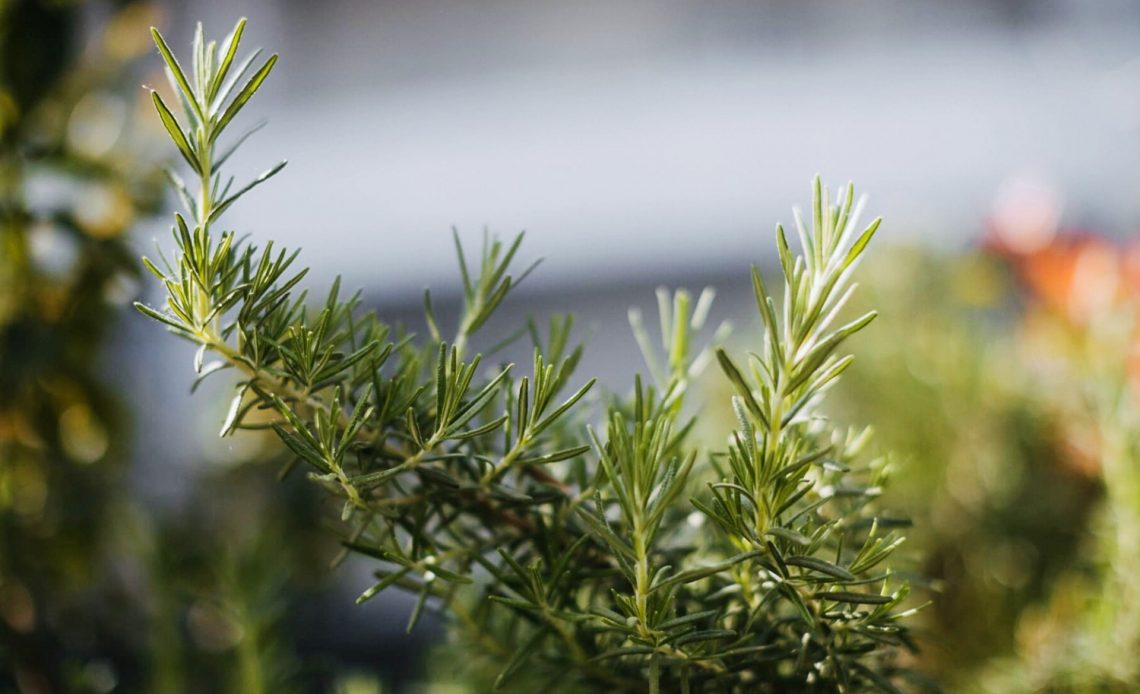

We’re here to help! Wild Yards is a completely free website that is 100% dedicated to helping you create a wildlife-friendly, sustainable yard. Read more
WildYards is reader-supported. When you buy a product through a link on our site, we may earn a comission. Every product is independently selected by our (obsessive) editors and our reviews are unbiased and objective. Read more about our mission or our privacy policy.
Native to the Mediterranean region, rosemary isn’t just used to dry, hot conditions, it actually prefers them. This aromatic herb is easy to grow, thriving in sandy soils and extreme heat — conditions that would kill delicate ornamentals like hydrangeas or roses. This is the perfect plant for gardeners who like to use fresh herbs in their cooking, but don’t have much time to fuss over their plants. But as easy as rosemary is to grow, it can still run into problems. If you notice your rosemary turning brown, there are a number of things that could be going on.
Overwatering and the resulting root rot are the most common reasons why rosemary turns brown. However, underwatering, insect infestations, insufficient sunlight, and incorrect soil conditions can also cause rosemary to turn brown.
10 Reasons why your rosemary is turning brown, and solutions that actually work
If you notice your rosemary turning brown, then it’s time to take a closer look. Rosemary leaves can turn brown for a variety of reasons, and it’s always a sign of an underlying issue. Examine the plant closely to determine which of the following problems are plaguing it. Correctly identifying the issue will help you treat the plant effectively so you can restore it to good health.
The problem: overwatering
The most common cause of rosemary turning brown is overwatering. Remember, rosemary is native to the Mediterranean. It grows best in sandy soils that drain well and that don’t retain much moisture. Rosemary isn’t just drought-tolerant. It needs dry conditions to stay healthy. If its soil gets too wet, either because of excess rainfall or because you left the hose on it a little too long, then the plant’s roots will suffocate, and its leaves will turn brown and fall off. Examine the soil around your rosemary plant. Do you see water standing? Does the dirt feel damp and muddy? These are signs that your rosemary is overwatered and needs immediate help to dry out.
The solution: turn off the hose
First things first: stop watering your rosemary! Scale way back on your watering routine and focus on helping your rosemary breathe. Small to medium-sized plants can be uprooted and spread out on newspaper or paper towels to dry overnight. You can use this opportunity to amend the rosemary’s soil by adding plenty of sand. Potting soil designed for lavender also works well for rosemary. You can mix up your own blend at home to add to pots or even to native soil. Improving drainage and allowing plants to dry out is key to treating overwatered rosemary.
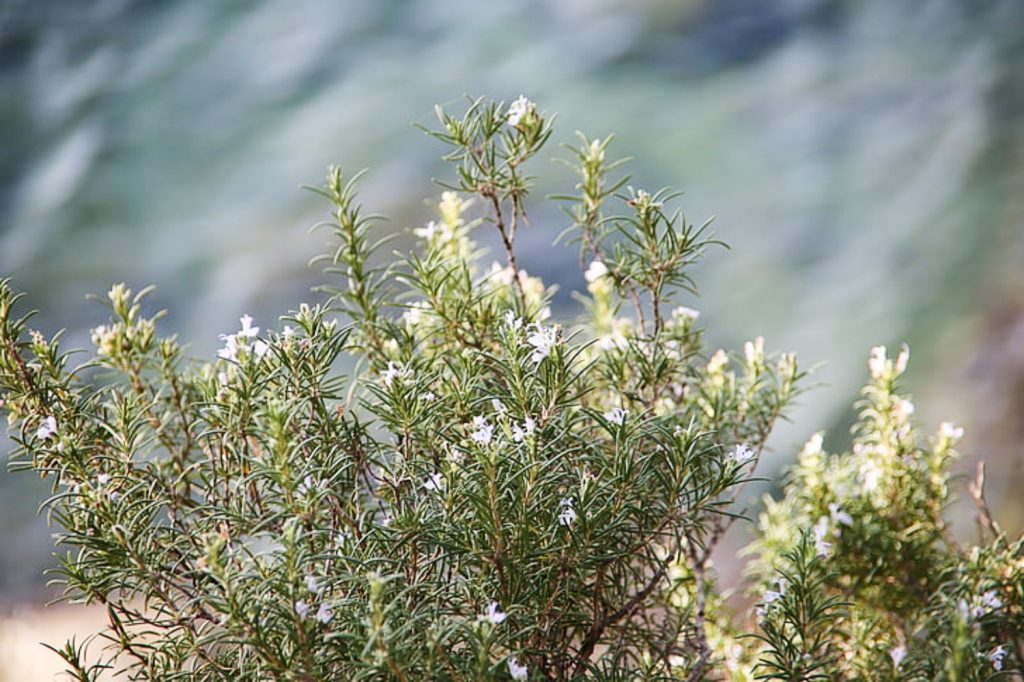
The problem: root rot
If your rosemary has been sitting in water for too long, then it has probably developed root rot. This is the one disease that rosemary is particularly susceptible to. Root rot is caused by phytophthora, a fungus that thrives in moist environments. Signs of root rot include wilting, slow growth, and leaves turning yellow and brown. Young plants succumb to root rot within a matter of a few weeks, but more established plants can recover from the disease, provided they receive prompt treatment.
The solution: supportive care
To determine if your rosemary plant’s roots are diseased, you’ll have to remove the plant from its soil. Examine the roots carefully. If you notice mushy, discolored roots, particularly if they’re accompanied by a foul odor, then your rosemary has a case of root rot. Use pruning shears to trim away the affected roots and dispose of them by throwing them in the garbage, rather than onto your compost heap. The last thing you want is to spread the fungus to other plants. Once your rosemary’s roots have been pruned, move it to a new location in new soil. Avoid putting the rosemary in the old spot, since there could still be phytophthora spores left behind.
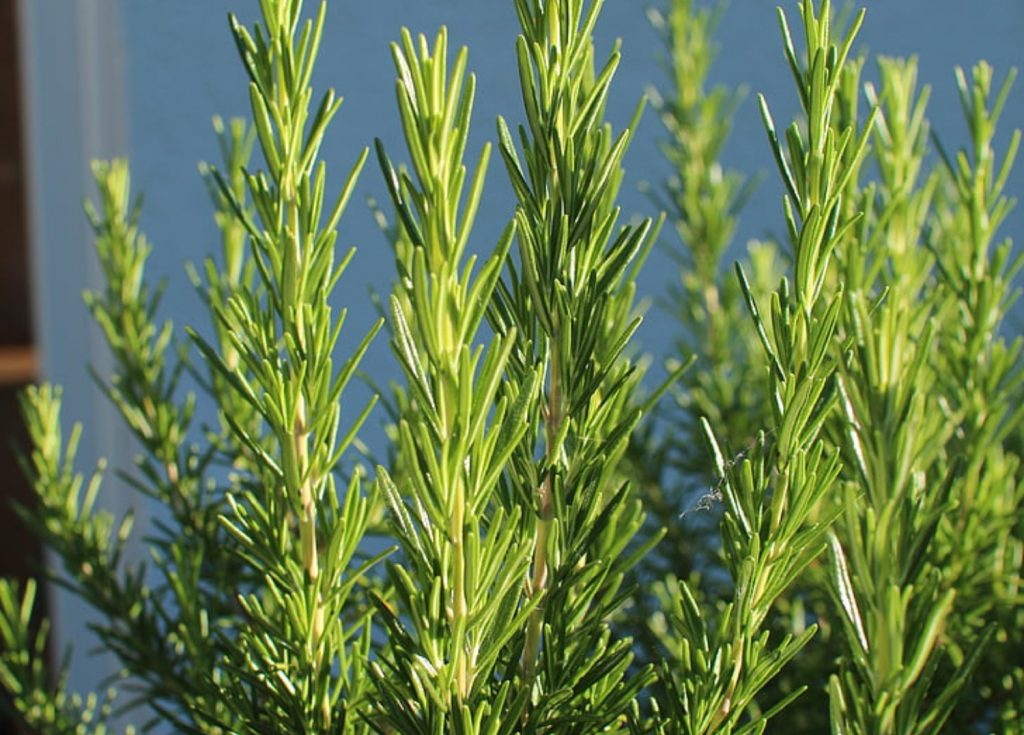
The problem: underwatering
Occasionally, rosemary turns brown as a result of underwatering. This usually only happens after going weeks without a drop of water. Young plants are more susceptible to turning brown as a result of underwatering than older plants. Potted rosemary is also more likely to suffer from underwatering since potted soil tends to drain faster than the ground.
The solution: give the rosemary a drink
Rosemary prefers dry soil, so if you check the soil an inch or two down and it feels powdery, that doesn’t necessarily mean you need to water the plant. Ideally, you should water your rosemary once every two weeks. This gives the soil sufficient time to dry out, and your rosemary a good opportunity to breathe. If your region is going through a dry spell, or if you haven’t watered your rosemary in a long while, then give it a deep, soaking watering, then wait a couple of weeks and do it again. If your rosemary truly is turning brown due to underwatering, then simply adopting a regular watering schedule will help its foliage green up again.
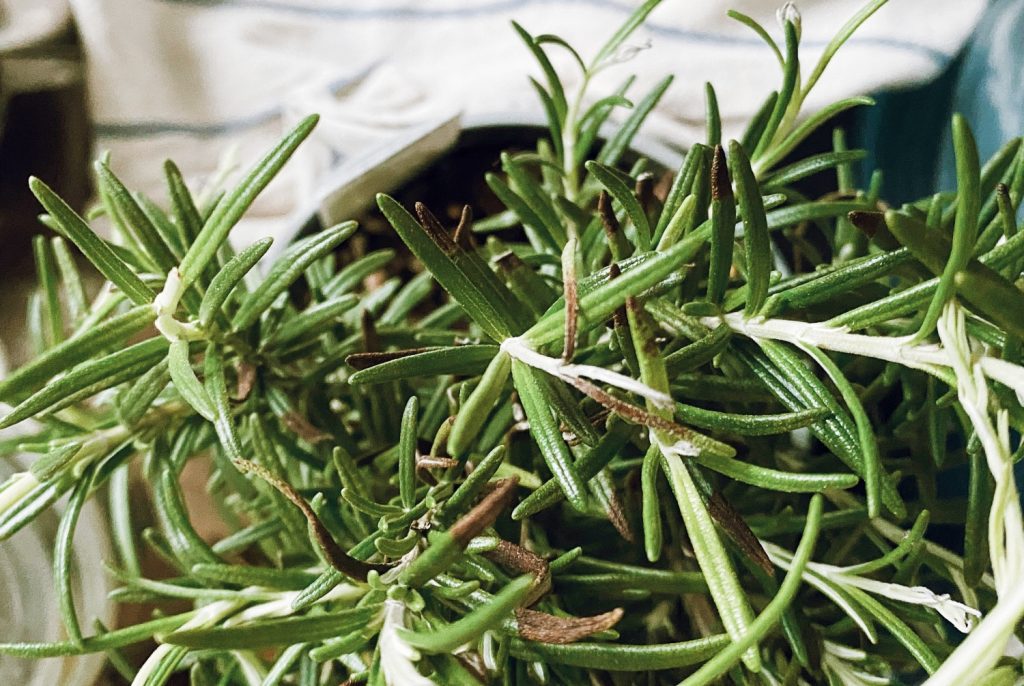
The problem: insufficient sunlight
Full sun, that’s what rosemary needs. These plants grow best when they can receive 6 to 8 hours of sunshine every day. If they don’t get enough sunlight, they aren’t able to photosynthesize correctly. Without adequate energy, they become spindly and leggy, and their once-green leaves turn brown. Keep an eye on your rosemary plant throughout the day to determine how much sunlight it gets in its current location. Does it spend most of the time in the shade or in dappled sunshine? If so, then your rosemary could benefit from more light.
The solution: move the rosemary to a sunny location
If your rosemary is potted, then simply move it to a place where it can get more sunshine. If your rosemary is planted in the ground, then you can a) trim surrounding trees to let more light in, or b) transplant it to a sunnier location. Since rosemary is so hardy, it’s one of the easiest plants to move. And if you follow our step-by-step guide to transplanting, then your rosemary should recover from the process quickly, and you should notice an improvement in its foliage within a month. Adequate sunlight is essential for rosemary to produce green leaves.
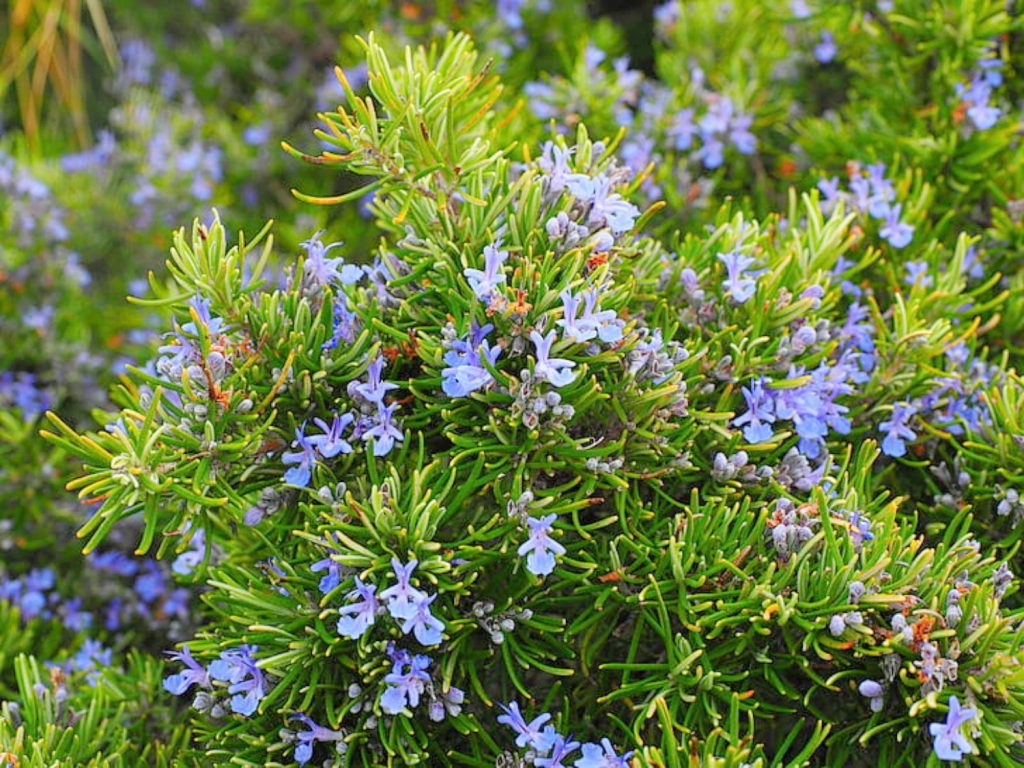
The problem: insect infestation
Thanks to its pungent essential oils, rosemary usually isn’t targeted by insects. They don’t really care for the plant’s bitter-tasting leaves. But, on occasion, rosemary can fall prey to aphids, thrips, spittlebugs, and mealybugs. Use a magnifying glass to examine your rosemary plants for signs of insects. Aphids and mealybugs are sap suckers, lurking on the undersides of leaves, whereas spittlebugs leave behind a sudsy foam. And thrips bore tiny holes in rosemary’s leaves, and dot the foliage with white, yellow, and brown specks. An infestation of any of these insects can damage the rosemary’s foliage, resulting in yellow, brown, curled leaves.
The solution: apply an insecticide
If bugs are the culprits behind your rosemary turning brown, then apply a homemade insecticide to keep them at bay. Neem oil is particularly effective when it comes to killing insects that feed on rosemary plants. If the infestation is on the small side, then use a garden hose with a sprayer attachment set to “jet” to physically remove the insects first. Be sure to spray the plants in the morning so they have plenty of time to dry out before nightfall. This will help prevent diseases. After the foliage dries, it’s safe to apply the insecticide. Once the bug problem is taken care of, the rosemary’s leaves will green up.
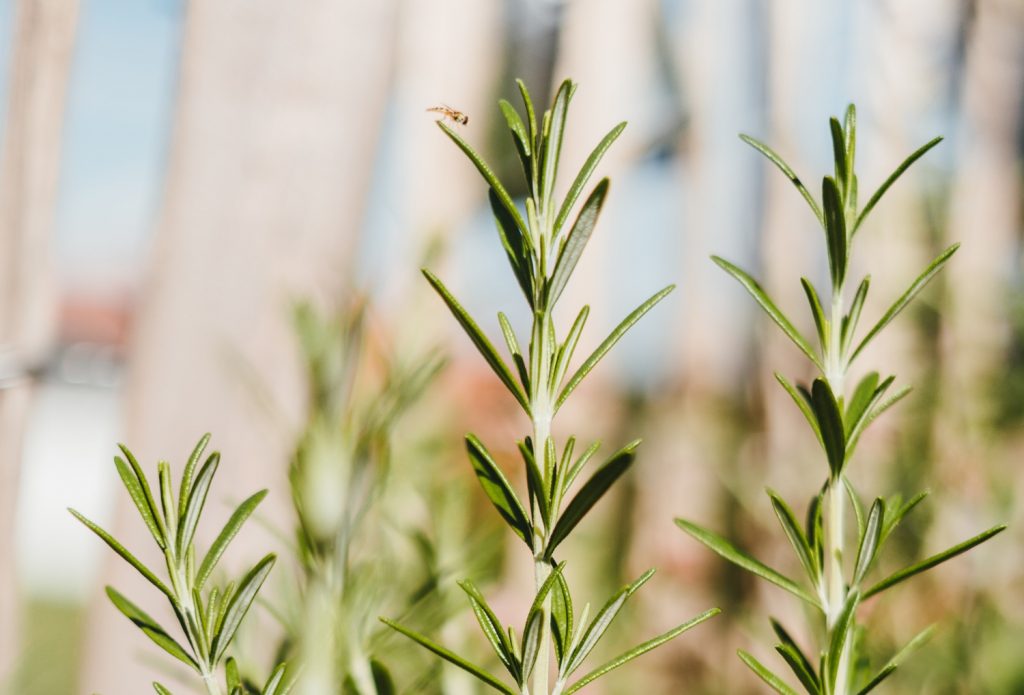
The problem: freeze damage
Rosemary may be an evergreen, but it grows best in hot climates. If the temperature suddenly drops below freezing, it can cause rosemary leaves to turn brown. Late-season frosts can cause the outer edges of the rosemary to turn brown. If the freeze is severe enough, the entire plant may die back, forcing the plant to regrow from the roots. This can seriously slow the rosemary’s growth for the season.
The solution: cover rosemary when temperatures drop
Potted rosemary plants should overwinter in a garage, shed, or even in your home. You can move them outside throughout the winter if the temperatures warm up, but they should stay inside at night to prevent them from freezing. Rosemary plants that are growing in the ground should be covered with a packing blanket to protect them. Keep a close eye on the weather report, and if you suspect a late-season frost, cover your rosemary just to be safe.
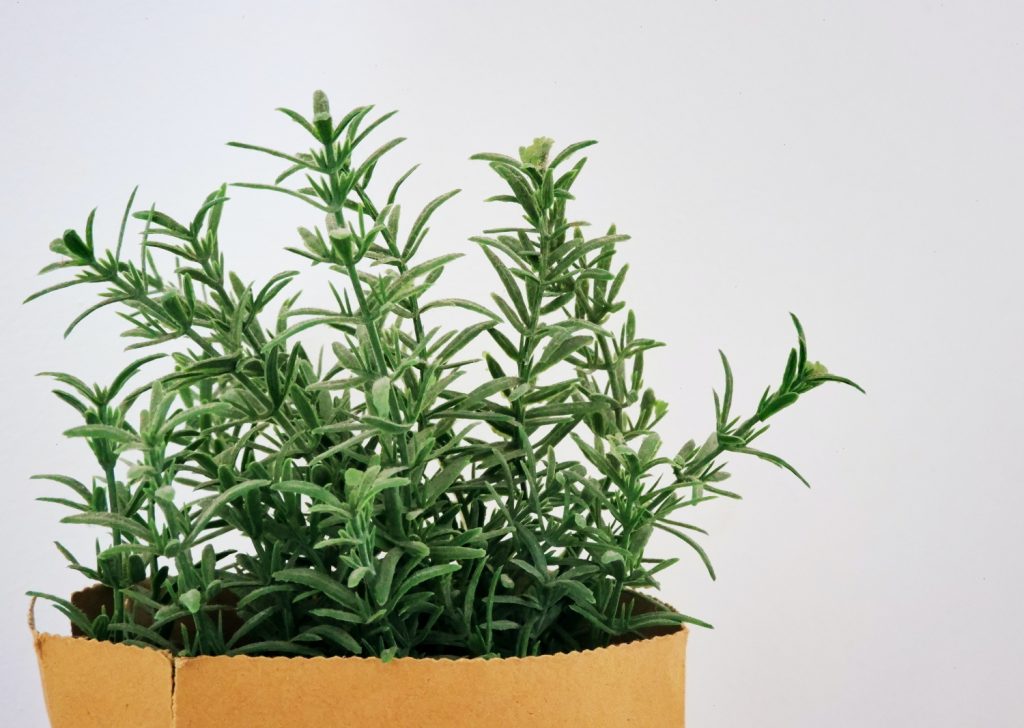
The problem: over-pruning
It can be tempting to harvest sprig after sprig from your rosemary plant. After all, there’s nothing like using fresh herbs in your cooking. But over-pruning can damage the foliage, resulting in stunted growth and yellow and brown leaves. In addition to over-pruning, pruning at the wrong time can also cause problems. Trimming new growth off of the plant in spring prevents rosemary from blooming. This can not only cause the plant’s foliage to turn brown, but it also deprives local pollinators of a valuable source of nutrition.
The solution: put down the clippers
If your rosemary’s leaves turned brown shortly after pruning, you can bet that’s the reason why. While it’s safe to harvest rosemary, you should never take more than ¼ of the bush at one time. Leave plenty behind so the plant can grow back quickly. You should also avoid trimming rosemary in the spring. Allow the plants to grow freely until they’re done flowering for the season. Then you can start taking sprigs from the plant.
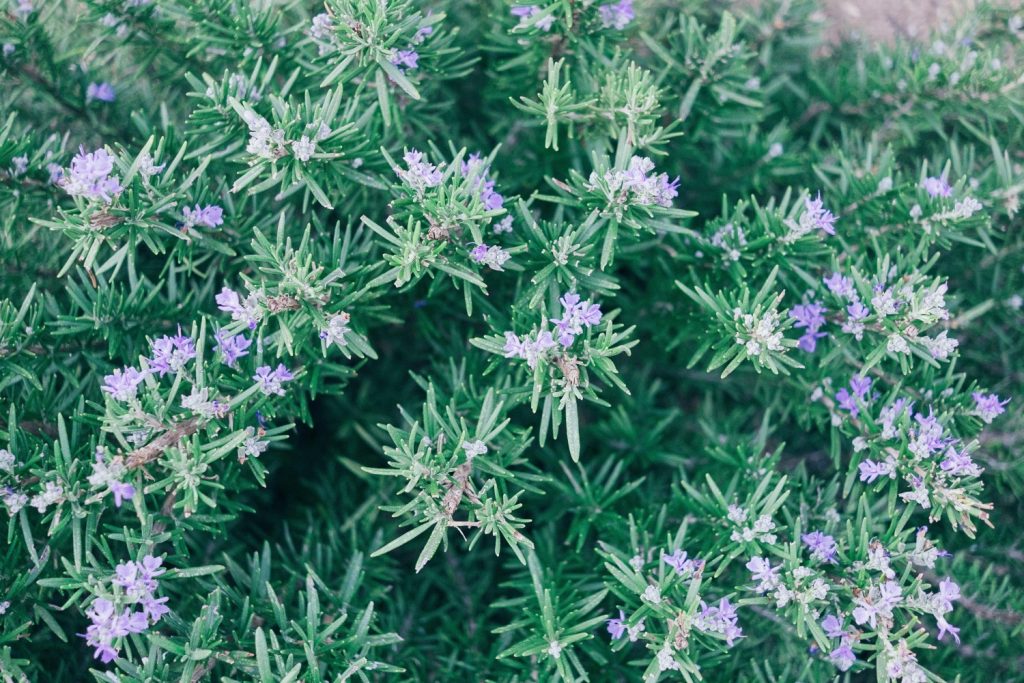
The problem: over-fertilizing
One of the great things about rosemary is that it actually prefers nutrient-deficient soils. Sandy dirt that other plants can’t survive in is just what the doctor ordered, as far as rosemary is concerned. A rookie mistake many people make is thinking rosemary needs to be fertilized. While it’s true that rosemary can benefit from all-purpose plant food, too much can lead to serious problems, including fungal infections, stunted growth, and brown leaves.
The solution: don’t feed rosemary too often
When in doubt, don’t fertilize your rosemary. It doesn’t really need it. You can give your rosemary a small dose of Miracle-Gro (or the multi-purpose plant food of your choice) once in spring. But avoiding feeding the plant too often. This results in nutrient imbalances, including nitrogen burn, leading to yellow and brown foliage.
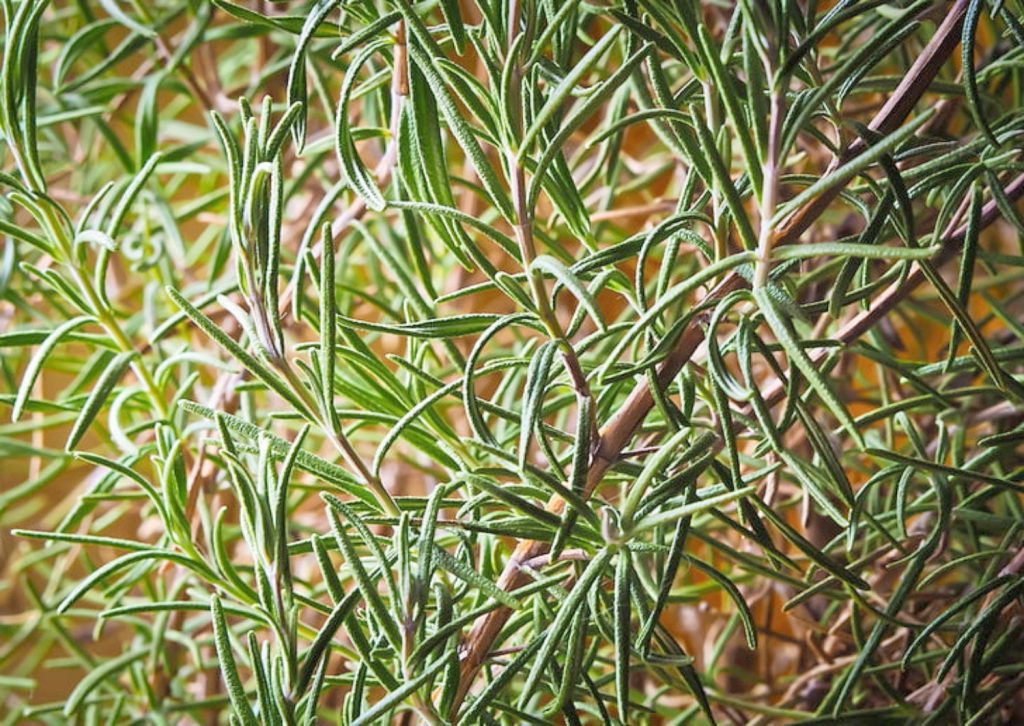
The problem: overcrowding
An aromatic rosemary hedge is pleasing to the eye, easy to maintain, and even helps keep mosquitoes at bay. But if you plant your rosemary too close together, it can cause the plants to compete for resources. The plants may also get tangled, intertwining their foliage, which restricts airflow and encourages disease. Both of these issues can cause the plants to turn brown and die back.
The solution: give rosemary room to branch out
There’s nothing wrong with growing multiple rosemary plants in the same flower bed. Just be sure to give the plants plenty of room to spread out. Space small cultivars 12 to 24 inches apart, and large varieties 24 to 36 inches apart. Pruning the plants regularly is also a good idea. This prevents humidity from getting trapped in the plant’s foliage. Good air circulation staves off infections, keeping your rosemary hedge healthy.
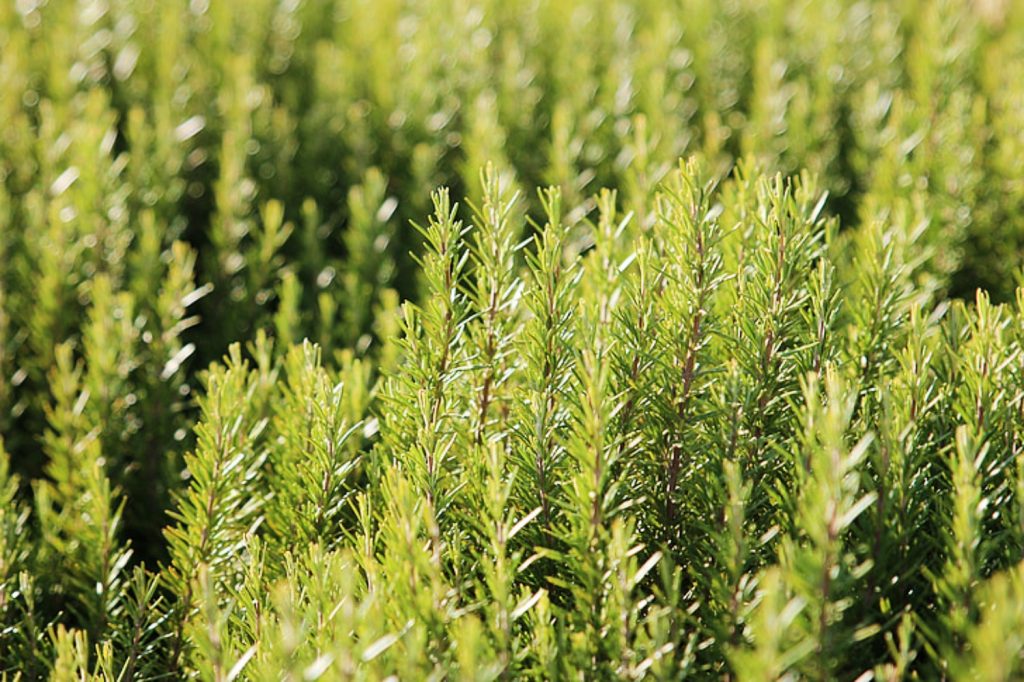
The problem: rootbound
Is your potted rosemary turning brown? Does it refuse to turn green again, no matter what you do? Move the plant around its pot gently. Could you easily pick the plant up out of the pot without losing any soil? That’s a sign that your rosemary is rootbound.
The solution: transplant the rosemary
Rootbound rosemary won’t improve until it has more space to grow into. Transplant the rosemary into a pot at least twice the size of its original pot, or move it to the ground. When your rosemary has been moved, it should produce green leaves again as it becomes established.
Should you prune brown leaves off your rosemary?
Once your rosemary’s leaves turn brown, they won’t turn green again. It’s safe to prune dead stems and foliage off of your plant. Keeping your rosemary in sandy soil that drains well, and situating it so it gets plenty of sunlight is key to maintaining healthy, green leaves.
